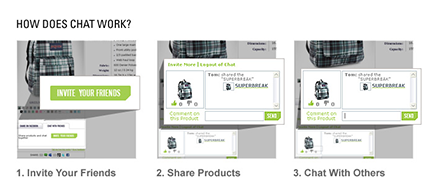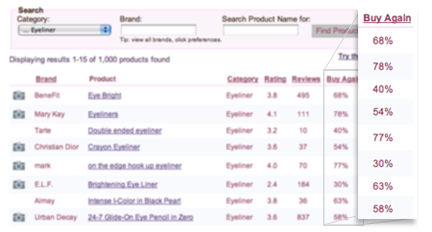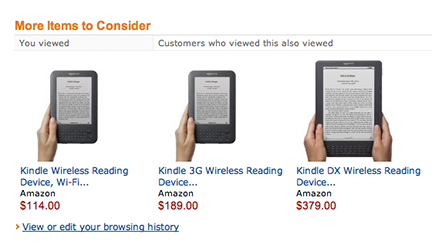
5 Key Social Media Features Worth Adding to Your E-Commerce Sites

The internet has revolutionized the way that we shop. It’s made it easier for us to find the things we want at an affordable price and make purchases without ever leaving the comfort of our homes. The benefits of shopping online are numerous; it’s convenient, fast, and relatively hassle-free. We are, however, inherently social creatures and like many things in life, shopping is much more fun with friends. We value being able to share our findings, great deals and tips in real time, but this is often sacrificed for the practicality of online shopping. As a result, many e-commerce sites have turned to social media as a means to address this issue. Social media allows a business to connect to its customers and most importantly, encourages conversation and discussion. It emphasizes real time communication and staying up to date on information. It’s easy then to see how social media and online shopping naturally go hand-in-hand. The challenge begins with finding the key features of social media that can transform and add value to an e-commerce site to create a truly social shopping experience.
Lookbooks and Image boards.

These days it’s all about user created content and most people are excited to share the things they like with everyone else. Sites like pinterest and svpply are all the rage because they allow people to create a personal wall or board that is a collection of imagery and items that they love. These sites use technology that pull images and products from websites of actual stores and gather it together as one document or image. Shopping sites can use this concept to make lookbooks by letting people create favorite outfits or wishlists using pictures instead of words. This is especially useful for sites that sell apparel because it lets people mix and match to see how certain pieces work together. This way you can see if this particular top will match the the pants or shoes you have in your wardrobe. Lookbooks can often be exported and shared through other social media sites.
Product Sharing and Chatting

Most companies already use Facebook’s fan pages to share content and talk to fans. There is a difference, however, between a brand bringing their content to people versus people voluntarily sharing that information on their own Facebook page. Insight occurs when e-commerce sites realize that someone’s Facebook represents their network of friends, some of whose opinions and suggestions they may highly value. People are more likely to act on a recommendation from a friend than they would if it were from any other source. We’ve covered the effectiveness of the Facebook “Like” button in 4 Ways Facebook Social Plugins Can Improve Your Website, but the additional option of sharing a “Like” with friends lets you involve them in a discussion about the product. This simulates the shopping experience of looking at something and asking your friends for their opinion before you purchase it.
Consumer Reviews

People tend to respond more positively to reviews from actual consumers than to those from the company selling the product. Everyone wants to know if the product actually works or if its just clever marketing. The belief is that the average consumer will provide a honest and therefore better review. Reviews help consumers make decisions and give them a sense of contributing to the site and that their opinion matters. Most reviews feature not only commentary, but also a rating system which offers a quick and short summary of someone’s opinion of the item. What is even more helpful is asking consumers “would they buy [the product] again?” A rating system can be vague because of an individual’s scale for evaluation, but a yes or no answer is very clear and concise.
Related Products and Friends’ Favorites

The ability to show customers a related product shows that a company really knows how to use their technology to connect to their users. This has worked incredibly well for Amazon who introduced technology that aggregates consumer preferences and makes personalized suggestions. To take this to another level, e-commerce sites could combine Facebook with recommendations, by showing the user products that their Facebook friends have liked as well. It really makes you stop and look again when a recommendation is followed by a name, ID and picture of someone you recognize.
Use Videos to Explain Usage

If you’ve read this far, you’ve braved it past the point that many people abandon ship. We are increasingly impatient people and we like videos and images because they can say a lot in a simple way: a picture says a thousand words. Videos are a great way to introduce a new item to the market or explain how to use a difficult product without boring the viewer with too many words and explanations. The video can do all the work for you and they’re easy to share. Just copy, paste, sit back and feel like a genius.

